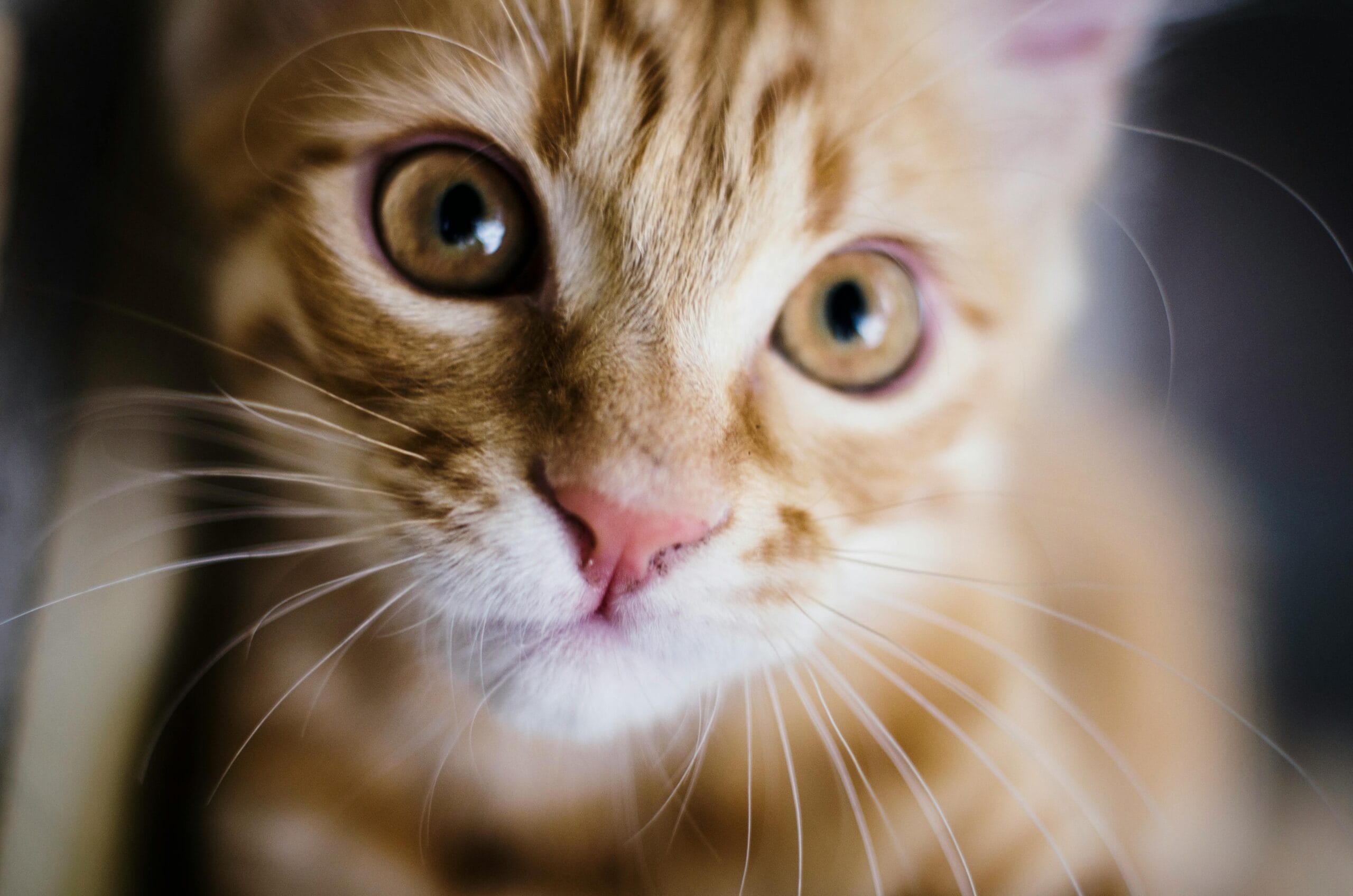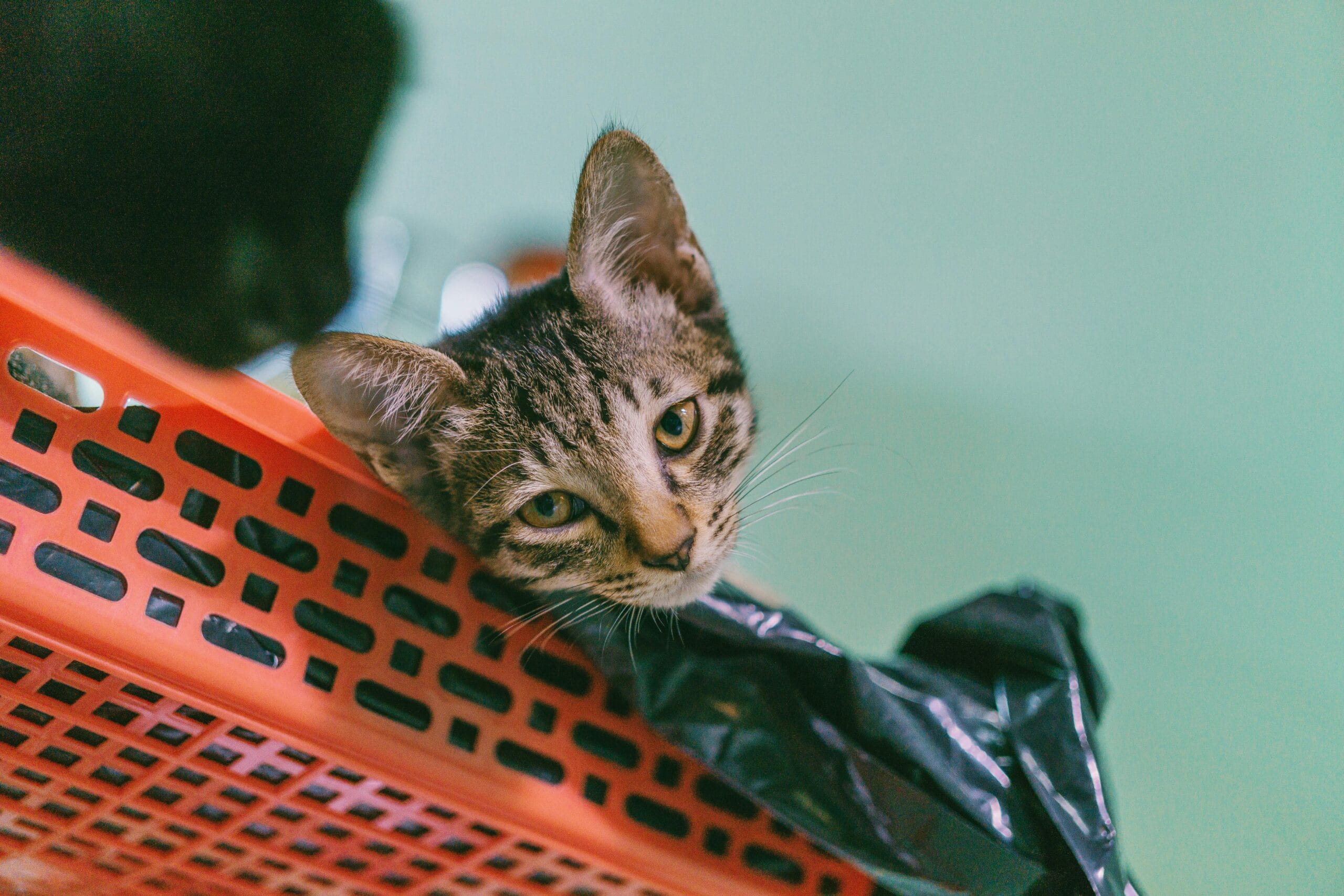Can You Put Neosporin On A Cat? Find out if Neosporin for cats is safe and what to do instead. Is Neosporin safe for cats? Get expert advice on treating your cat’s wounds safely & effectively. Learn the best alternatives now!
Can You Put Neosporin On A Cat? A Vet-Recommended Guide
As a loving cat owner, you want to do everything you can to keep your feline friend healthy and happy. Minor cuts and scrapes are common occurrences, and you might be tempted to reach for your trusty tube of Neosporin. But before you do, it’s crucial to understand: Can you put Neosporin on a cat? The short answer is: it’s complicated and generally not recommended.
Is Neosporin Safe for Cats? Understanding the Risks
While Neosporin is a common over-the-counter antibiotic ointment for humans, its safety for cats is questionable. Neosporin for cats can pose several risks. Many Neosporin formulations contain an ingredient called bacitracin, which can cause stomach upset if ingested by your cat. Even worse, some Neosporin products contain neomycin or polymyxin B, which can be toxic to cats if absorbed through the skin, leading to potential gastrointestinal issues, skin irritation, and in severe cases, more serious health problems. Therefore, the question “Is Neosporin safe for cats?” is a resounding “no” in most cases.
Your cat’s licking behavior also plays a significant role. Cats are meticulous groomers, and they will inevitably lick any ointment applied to their skin. Ingesting even a small amount of Neosporin can lead to complications, making the use of human topical ointments on cats risky. For example, just like you need to be careful about what plants your cat ingests, such as knowing whether daffodils are poisonous to cats, understanding the toxicity of certain plants is crucial to their health. Similarly, understanding what medications are safe for them is vital.
Better Alternatives to Neosporin for Cats
Instead of reaching for Neosporin, consider safer alternatives. A clean, warm washcloth can often suffice for cleaning minor wounds. For deeper or more significant injuries, a veterinarian’s visit is essential. Your vet can provide appropriate veterinary-approved topical ointments or other treatments designed specifically for cats. They will diagnose the injury correctly and prescribe the right medication. Remember, just like being mindful of what fruits your cat eats (for instance, are cherries safe for cats?), you should be equally cautious about what you apply topically.
Many common household plants can be toxic to cats. For instance, monstera plants contain substances that are harmful if ingested. Similarly, using inappropriate medication on your cat’s wound can be equally harmful. Always prioritize consulting your veterinarian before attempting any home remedies.
When to See a Vet for Your Cat’s Wound
While minor scrapes might heal on their own, certain situations require immediate veterinary attention. These include deep wounds, wounds that bleed excessively, wounds showing signs of infection (such as swelling, redness, pus, or a foul odor), and wounds that don’t heal within a few days. It’s always better to err on the side of caution and consult a veterinarian if you’re unsure about the severity of your cat’s injury.
Considering the potential hazards of Neosporin, it’s much safer to seek professional guidance. Just as you wouldn’t use human food for your cat, understanding safe dietary practices is also important – for example, can cats eat grapes? Similarly, the application of human medications should be avoided unless explicitly advised by your veterinarian.
Exploring the Dangers of Neosporin Ingredients for Cats
Let’s delve deeper into the potential toxicity of Neosporin’s ingredients for cats. As mentioned, neomycin and polymyxin B are particularly concerning. These antibiotics, while effective for humans, can disrupt your cat’s gut flora and cause various gastrointestinal problems, ranging from mild discomfort to severe illness. Absorption through the skin, even in small amounts, can still cause these effects.
Furthermore, the pain relief your cat might need for a serious wound shouldn’t be addressed through human medications. Even seemingly harmless essential oils, such as peppermint oil, can have adverse reactions on cats. Always consult with your vet before applying any topical treatments to your cat.
Understanding the Importance of Veterinary Care
A veterinarian possesses the expertise to diagnose the nature and severity of your cat’s wound, determine the appropriate treatment plan, and provide the necessary care to ensure proper healing. They can also assess any underlying health conditions that may be impacting your cat’s ability to heal, providing a comprehensive approach to your cat’s health and well-being.
Seeking veterinary care is not just about treating the immediate wound; it is about preventing potential complications and ensuring your cat’s overall health. Just as you would seek medical advice for yourself, it is equally crucial to seek expert veterinary care for your beloved feline companion.
Can You Put Neosporin On A Cat? The Definitive Answer
To reiterate, applying Neosporin on a cat is generally not recommended due to the potential risks associated with its ingredients. While it might seem like a simple solution for a minor wound, the potential consequences outweigh the benefits. Always prioritize a veterinary visit for proper diagnosis and treatment.
For further information on pet safety, you may find helpful resources on the ASPCA website: ASPCA Animal Poison Control and the Pet Poison Helpline: Pet Poison Helpline.
Conclusion: Prioritize Your Cat’s Health
The health and well-being of your cat are paramount. While minor wounds might appear easily treatable, it’s always best to err on the side of caution and consult a veterinarian. They can provide the appropriate treatment and prevent potential complications, ensuring your furry friend’s speedy recovery. Avoid using human medications like Neosporin on your cat; there are safer and more effective alternatives available.
Have you ever had to treat a wound on your cat? Share your experiences and tips in the comments below! Let’s build a supportive community for cat owners to learn from each other’s experiences and ensure the health and well-being of our feline companions. Let’s discuss your experiences using the keywords: Can You Put Neosporin On A Cat, Neosporin for Cats, Is Neosporin Safe for Cats.

Frequently Asked Questions: Neosporin and Cats
- Can You Put Neosporin On A Cat?
- While Neosporin is safe for human use, Is Neosporin Safe for Cats? The answer is generally no. It contains ingredients that can be toxic to cats if ingested, and it’s best to avoid using it unless specifically instructed by a veterinarian.
- Is Neosporin for Cats a good idea?
- No, Neosporin for Cats is not recommended. Cats can lick the ointment off, potentially leading to ingestion and adverse reactions. There are veterinary-approved alternatives available for treating wounds in cats.
- What are the risks of using Neosporin on my cat?
- The main risk of using Can You Put Neosporin On A Cat is the potential for toxicity if ingested. The ingredients, particularly bacitracin, can cause digestive upset and other problems in cats.
- My cat has a small scratch; is Neosporin okay?
- Even for minor scratches, it’s best to avoid Neosporin. A vet can recommend a cat-safe antiseptic or ointment for wound care.
- Can I use Neosporin on my cat’s paw?
- No, avoid using Neosporin on your cat’s paw or any other body part. Cats frequently lick their paws, increasing the risk of ingestion and toxicity.
- What should I use instead of Neosporin on my cat’s wound?
- Consult your veterinarian for the best treatment option. They can prescribe or recommend a suitable antiseptic and/or ointment that is safe for cats.
- My cat licked Neosporin, should I be worried?
- If your cat ingested Neosporin, contact your veterinarian immediately. The amount ingested and your cat’s size will determine the severity of the potential reaction.
- Is there a cat-safe alternative to Neosporin?
- Yes, your veterinarian can recommend several safe alternatives for wound care in cats.
- Is Neosporin toxic to cats?
- While not immediately life-threatening in small amounts, Is Neosporin Safe for Cats? The answer is no. Certain ingredients in Neosporin can be toxic to cats if ingested or absorbed through the skin in large quantities.
- Can I put plain petroleum jelly on my cat’s wound instead of Neosporin?
- Plain petroleum jelly can help keep a wound moist and prevent it from drying out. However, it doesn’t have antiseptic properties. Always consult your veterinarian before treating your cat’s wounds.

Can You Put Neosporin on a Cat? A Vet’s Perspective
Applying Neosporin or other antibiotic ointments to a cat’s wound is a common question among pet owners. While the human-grade Neosporin might seem like a harmless solution for a minor scratch, it’s crucial to understand that it’s not always the best choice for your feline friend. Cats have sensitive skin, and some ingredients in Neosporin can cause irritation, allergic reactions, or even hinder the natural healing process. Before applying any topical medication, even seemingly benign ones, always consult your veterinarian.
Many common household items can be toxic to cats. For example, did you know that daffodils are poisonous if ingested? Similarly, caution should be exercised with other plants such as monstera and even seemingly innocuous foods like grapes and cherries. Just as you wouldn’t self-medicate, avoid self-treating your cat’s wounds. Professional veterinary care ensures the proper diagnosis and treatment.
Instead of reaching for the Neosporin, consider cleaning the wound gently with warm water and a clean cloth. For deeper wounds or infections, a vet visit is essential. They can properly assess the injury, determine the severity, and prescribe appropriate medications or treatments, which might include antibiotics tailored for feline use. This is particularly crucial if the wound shows signs of infection like swelling, redness, pus, or excessive licking.
Some essential oils, like peppermint oil, are also potentially harmful to cats and should be kept well out of reach. Therefore, applying any substance to your cat’s wound without professional guidance can be risky. Always prioritize your cat’s health and safety by seeking veterinary advice.
Disclaimer: This information is for educational purposes only and does not constitute veterinary advice. Always consult a veterinarian for any health concerns regarding your cat.
Keywords: Neosporin for cats, cat wound care, cat first aid, veterinary advice, pet safety, feline health, toxic plants for cats, cat poisoning, essential oils and cats.

Can You Put Neosporin On A Cat, Neosporin for Cats, Is Neosporin Safe for Cats